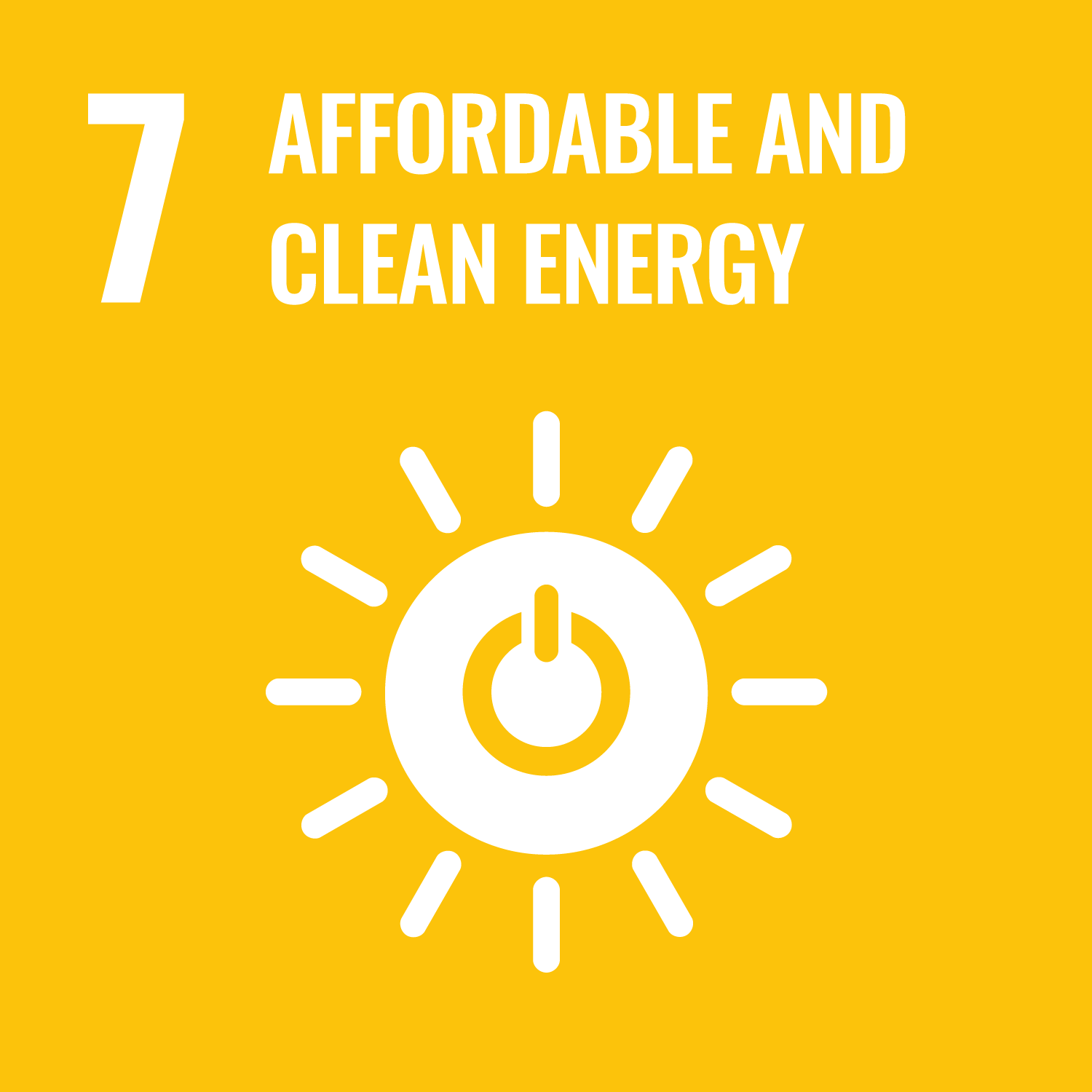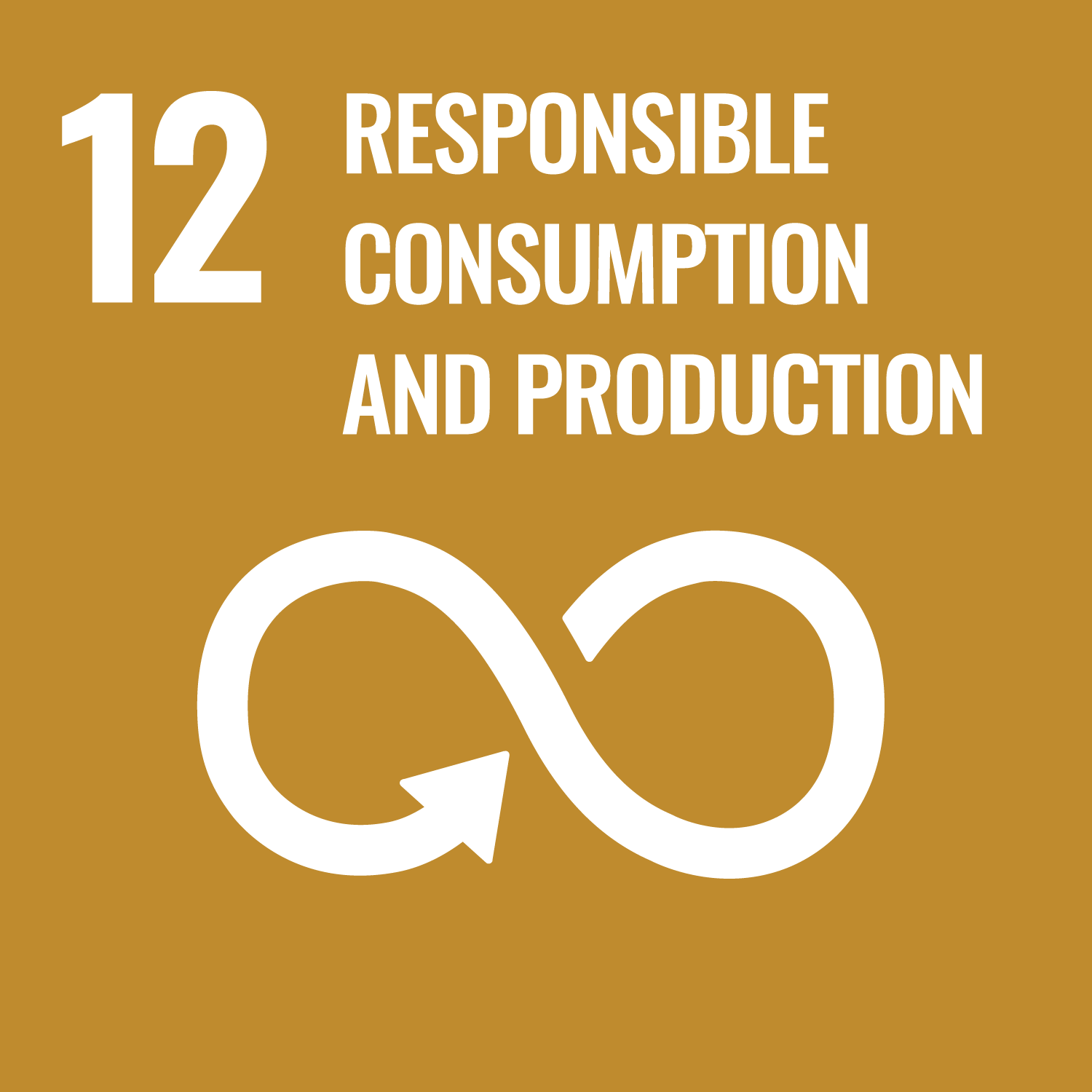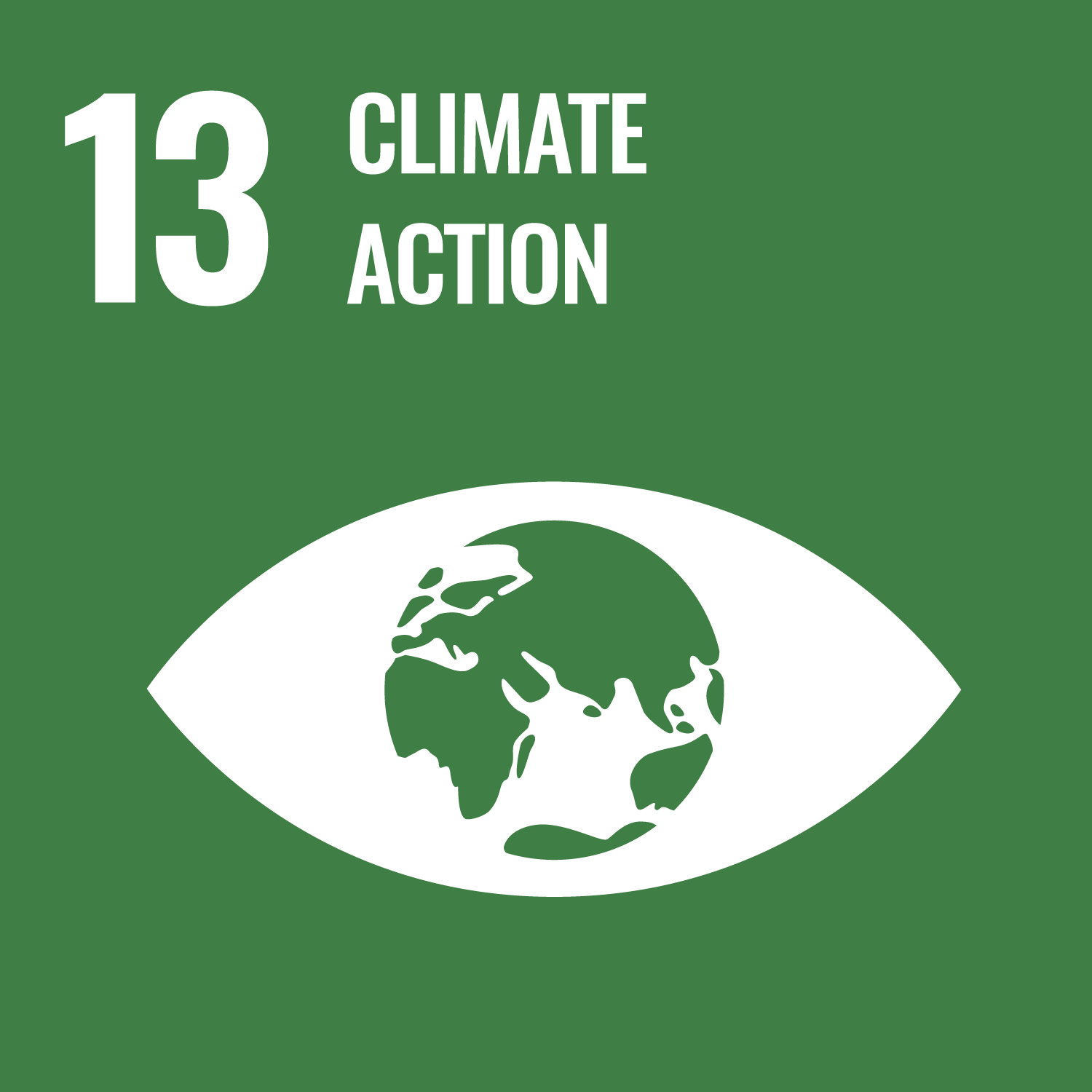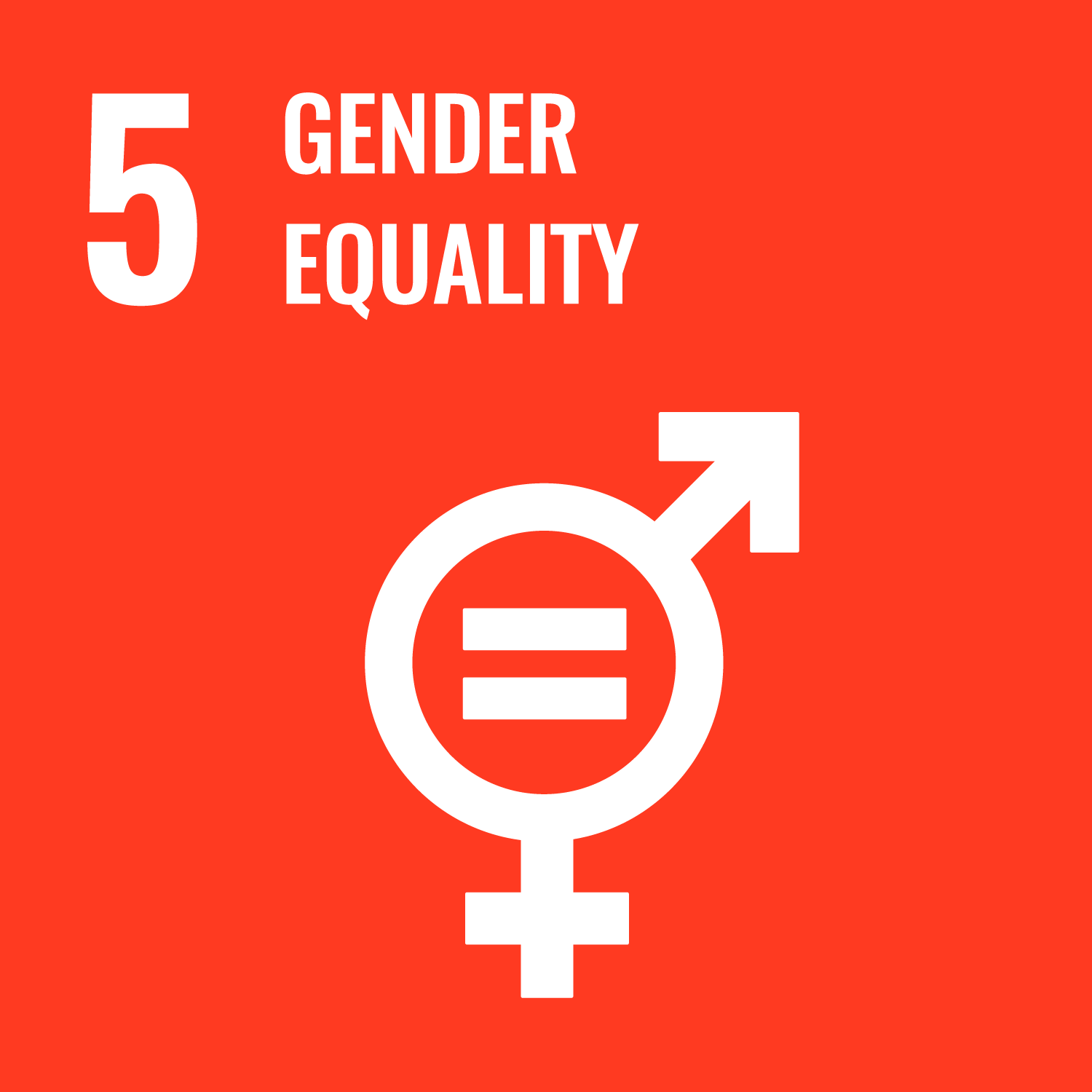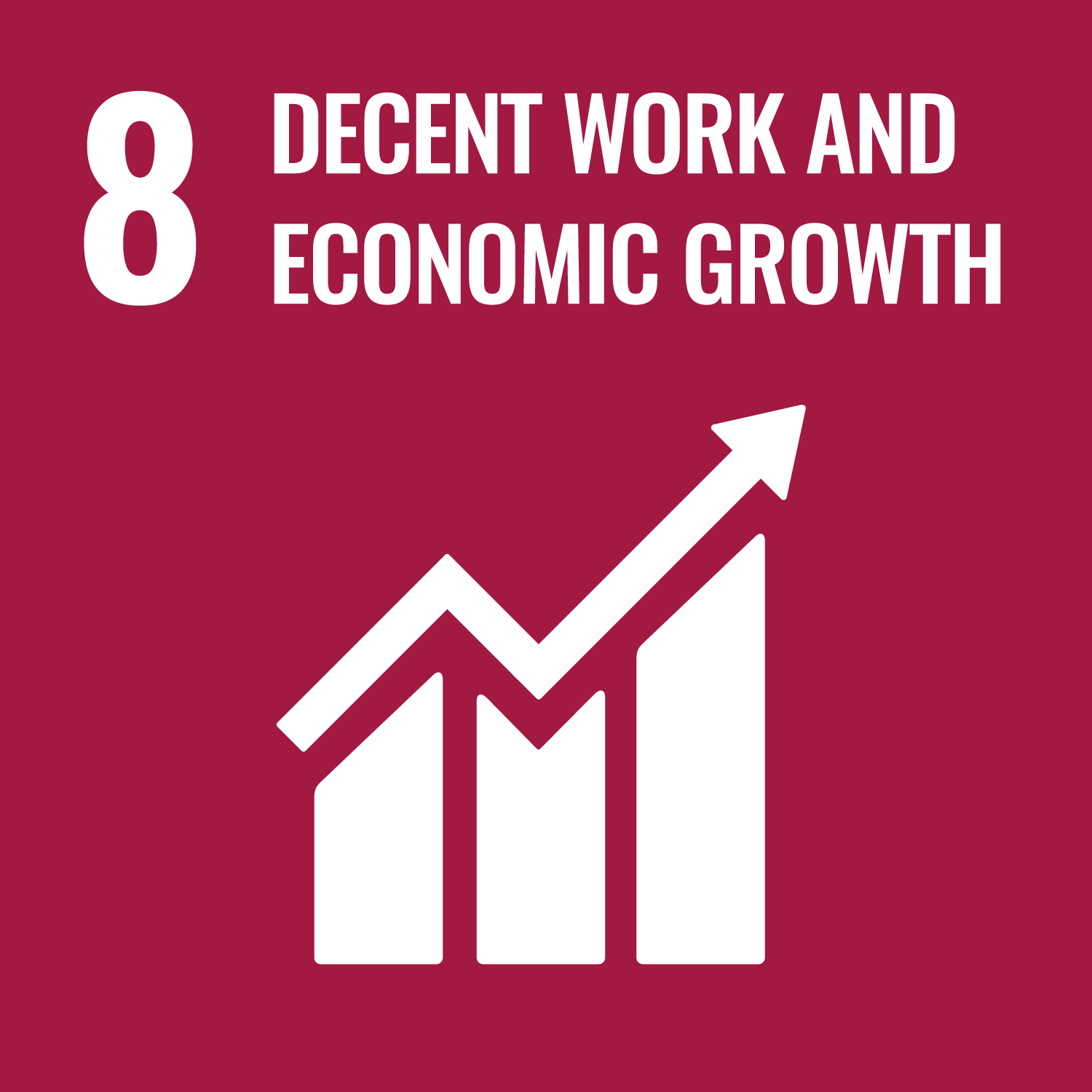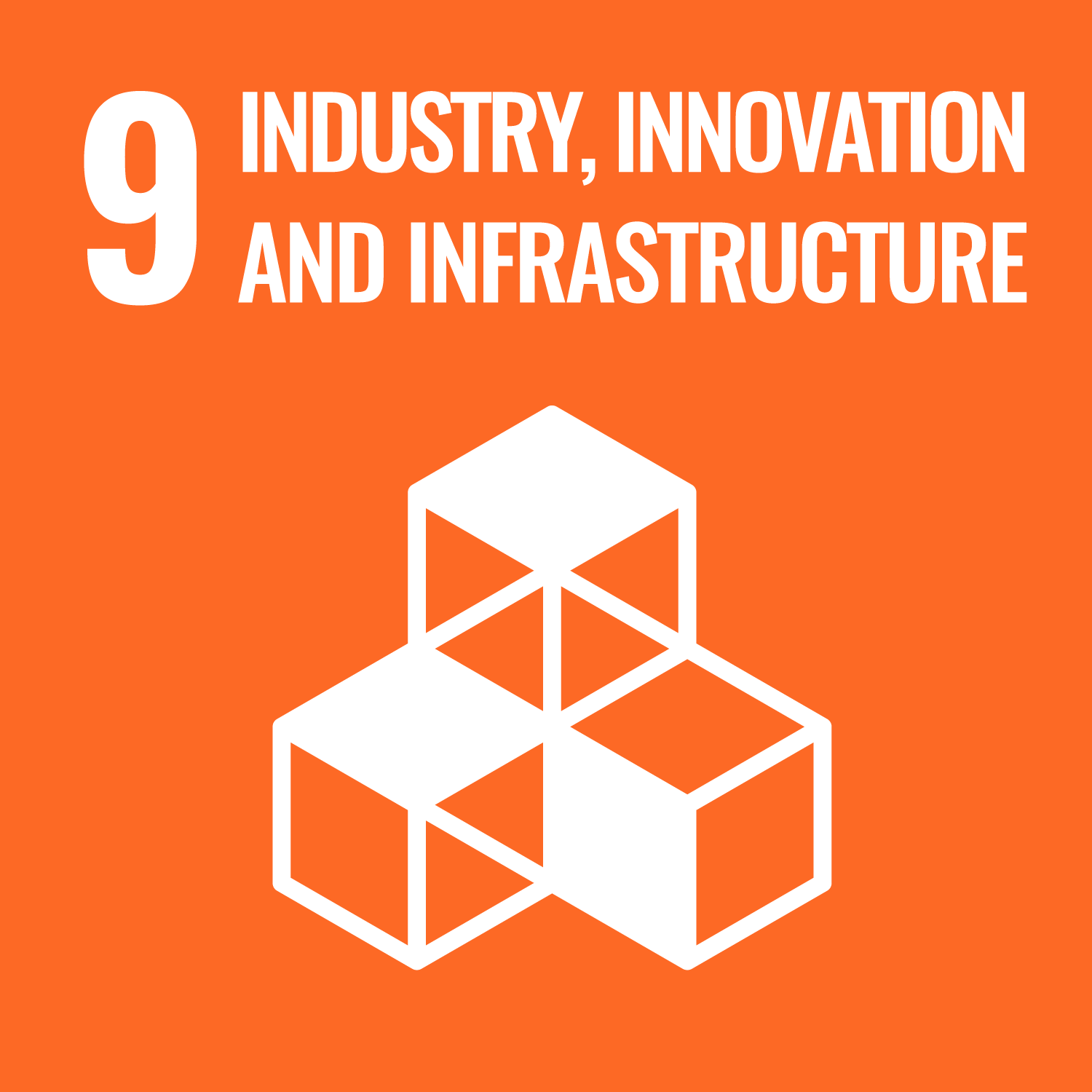
Materiality
Concept of Materiality
Our sustainability policy is to contribute to the sustainable development of society by "providing safe, reliable, and high-quality air services to all people at affordable prices.” As important elements to continue our business in accordance with this basic policy, we have identified a "Business Foundation" and "Materiality".
The “Business Foundation" is the most important for us and should be addressed universally. We have identified "Safety and Quality" and "Governance" as the foundation of our business. These two elements are essential for us to run our business. We will give them the highest priority.
“Materiality" is what we must focus on in order to both contribute to the development of society through our business, and improve the sustainability of society and the environment. Our business is built on social and environmental systems. In order to continue our business prospectively, we believe it is essential to simultaneously pursue not only our own sustainability, but also the improvement of social and environmental sustainability. We will incorporate the Materiality we have identified into our business plan and work to achieve them.
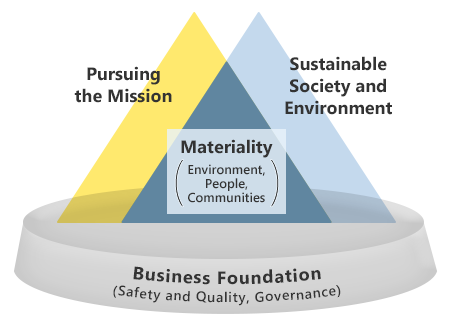
Identified Materiality
Environment
As we cannot avoid GHG (greenhouse gas) emissions as part of our air transportation business, one of the most important issues for us is to take measures on climate change. We will promote initiatives including the introduction of aircraft with low GHG emissions, and SAF (sustainable aviation fuel) to both reduce our environmental impact and create value for society.
People
We, as a public transportation infrastructure, have a significant role to play in realizing an inclusive society. We will contribute to the realization of a society where no one is left behind by providing airline services that are easily accessible to all people.
Furthermore, human resources are the source of our value creation. We strive to create an environment where employees can grow and thrive.
Communities
The development of each community and our destinations is crucial for the growth of Skymark, and we value to be intimate with our local communities. We will contribute to maintain and expand our network for the people and logistics among communities, and promote our destinations.
The benefits to the Company and society from addressing each of the materiality, as well as the main goals to which we will contribute among the 17 goals of the SDGs, are as follows.
| Materiality | Impact on our company |
Impact on the society |
Contribution to the SDGs |
|---|---|---|---|
| Environment |
|
|
|
| People |
|
|
|
| Communities |
|
|
|
The key themes, initiatives and targets corresponding to each materiality are as follows.
| Materiality | Theme | Activities and goals | |
|---|---|---|---|
| Environment | Measures against climate change Introduction of alternative fuels |
Replace with fuel-efficient aircraft | Replace 10% of aviation fuel use to SAF by the year 2030 Achieve carbon neutrality by the year 2050 |
| Promote fuel-efficient operation | |||
| Use of SAF | |||
| Reduction of CO2 emissions from vehicles and facilities | |||
| Carbon Offsetting | |||
| People | Promotion of DE&I* |
|
|
|
|||
| Employee performance | Provide ongoing learning and growth opportunities | ||
| Communities | Coexistence with the local community | Expand the network for people and logistics | |
| Strengthen bonds with local communities | |||
- *DE&I (Diversity Equity & Inclusion)
D&I with an "E" for equity, the idea of ensuring equitable access to a variety of opportunities and information for all.
Process of Identifying Materiality

-
Step1 : Extract agenda
A longlist was created by extracting issues on ESG by using international disclosure frameworks and standards. Each issue was then sorted in order to create a shortlist specifying concepts relevant to our business.
-
Step2 : Analyze
The level of importance was analyzed for each shortlisted item from two aspects: “impact on business” and “impact on society and the environment”
- Impact on the company's business
-
Risks, opportunities and consistency with the corporate philosophy and mission, etc.
- Impact on society and the environment
-
Importance to customers, employees, shareholders, business partners (suppliers, financial institutions), surrounding communities and environment.
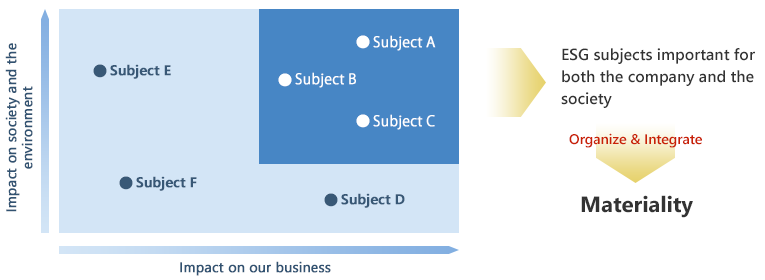
-
Step3 : Identify
Based on the results of the analysis, the Sustainability Committee, consisted of executive directors and corporate officers, discussed to identify materiality.
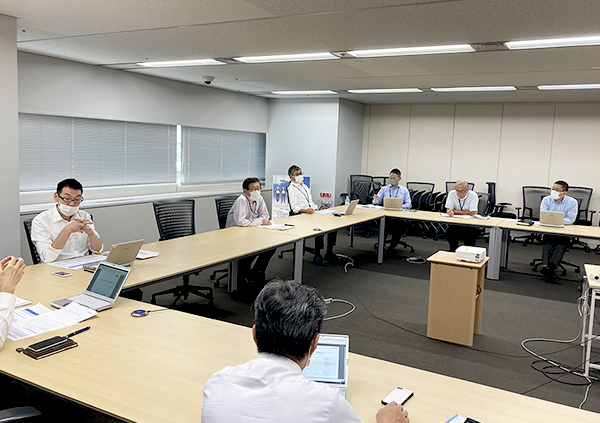
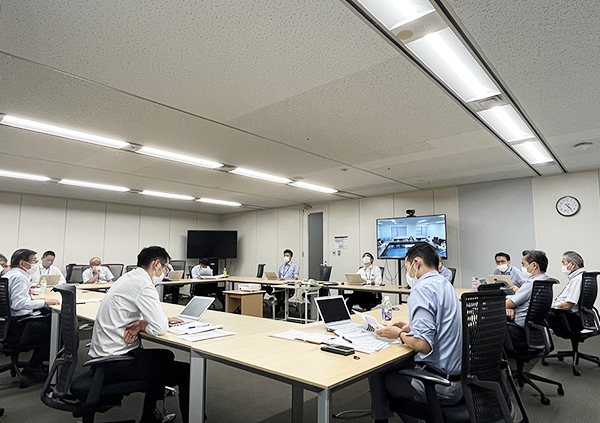
-
Step4 : Review
The three key materiality analyzed and identified in Steps 2 and 3 were approved through evaluation at the Board Meeting, including the outside directors.
